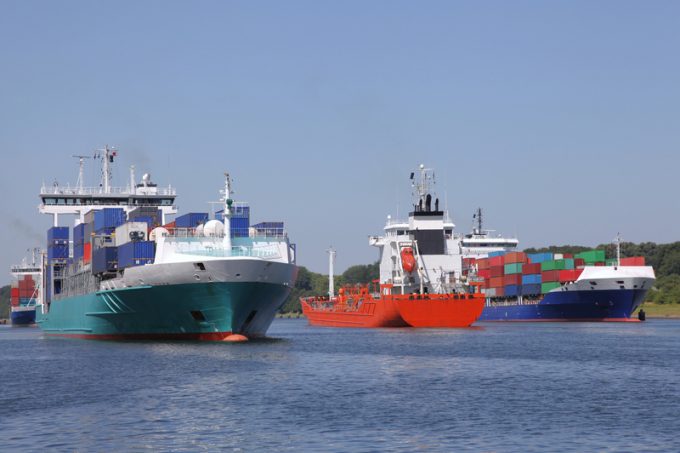USTR revises proposals for port fees for Chinese car-carrier and LNG vessels
The US Trade Representative (USTR) has again revised its proposals for the new fee structure ...

The box shipping fleet has reached its highest average age since records began, according to research by Bimco, with a great number – overwhelmingly in the smaller size range – set for demolition.
The Loadstar has long reported on the disparity between demand for ...
CMA CGM South Korean staff strike over bonuses after bumper 2024 profit
MSC switches two more Asia-Europe port calls from congested Antwerp
CMA airline returns two freighters, while ANA takeover of NCA looms
Nightmare for Bangladeshi exporters as congestion and tariffs bite
Tradelanes: Export boom in Indian sub-continent triggers rise in airfreight rates
Carriers introduce surcharges as congestion builds at African ports
Ports and supply chain operators weigh in on funding for CPB
Box ship overcapacity threat from carrier appetite for new tonnage

Comment on this article